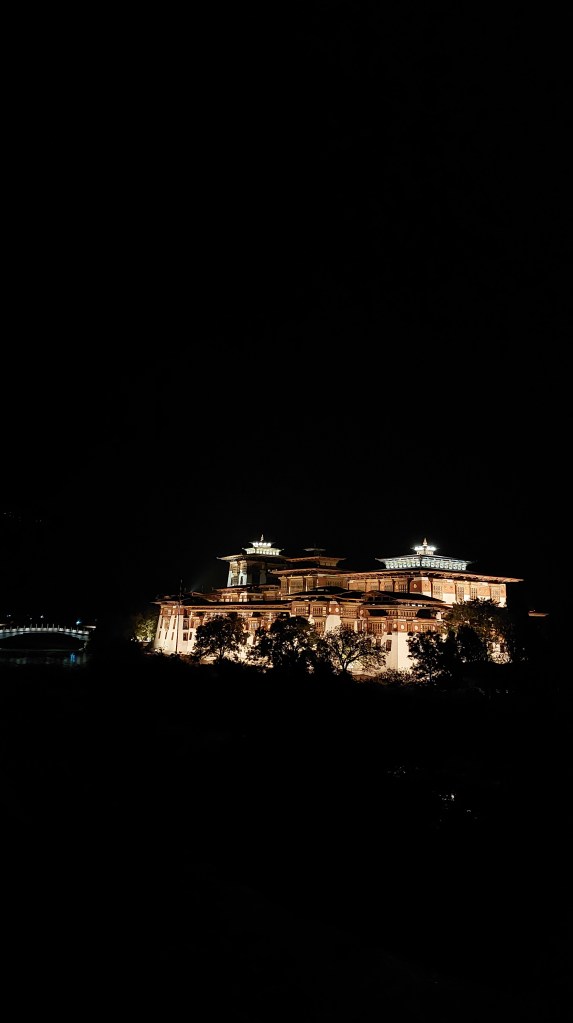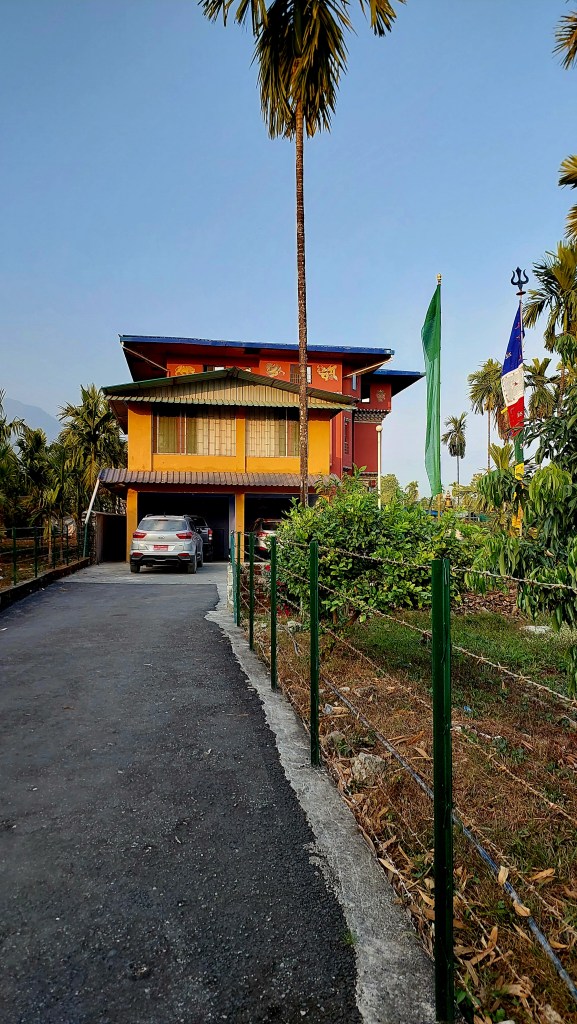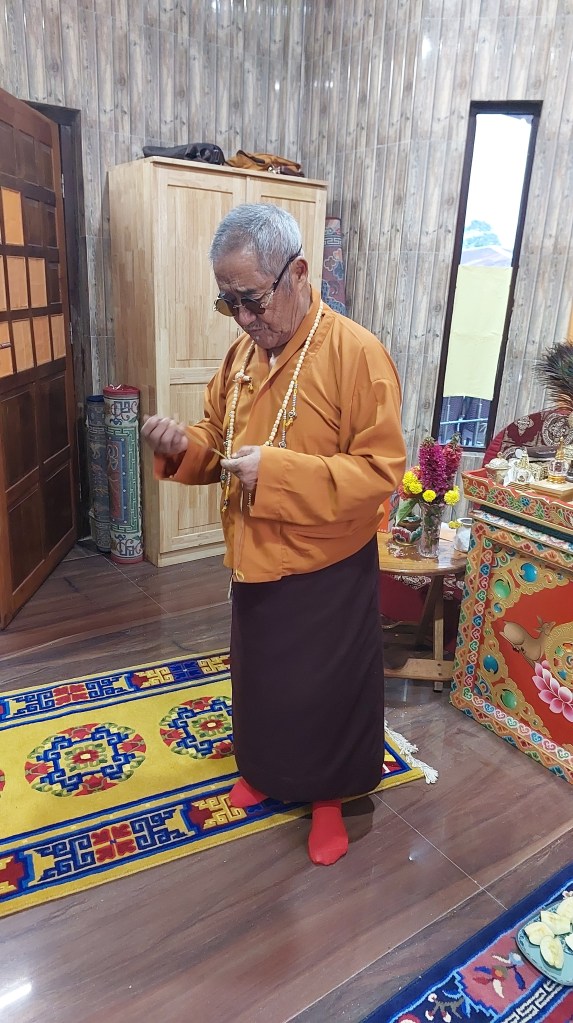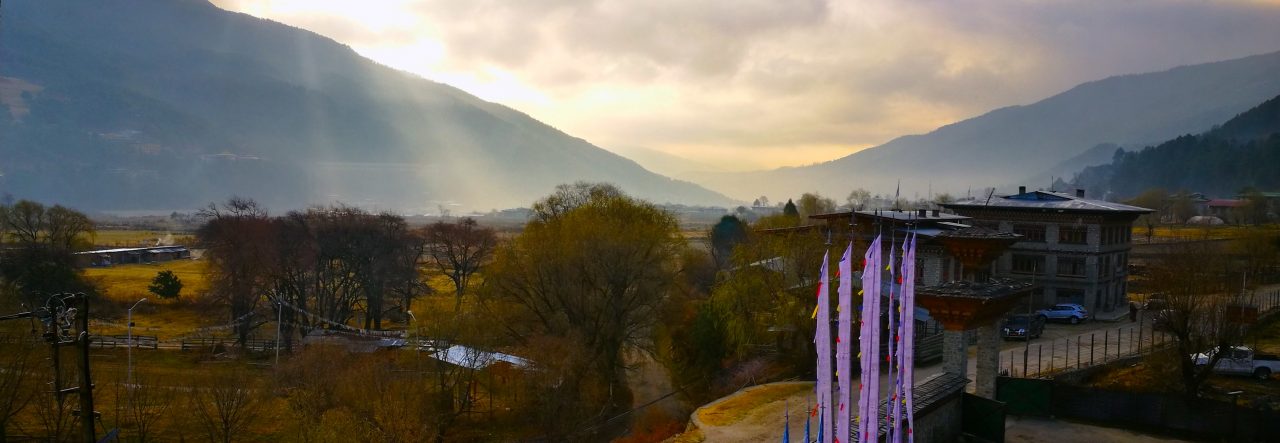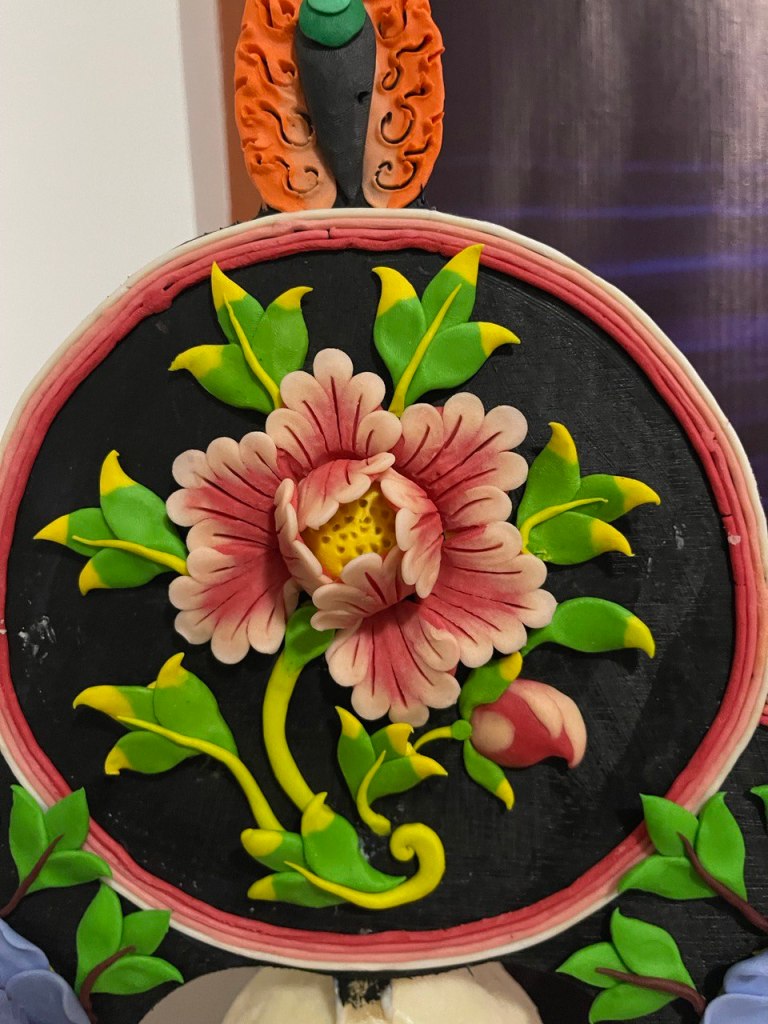Seeking three divinities, three deities and my three teachers
We celebrate the New Year on the first day of the twelfth month – at least in the eastern half of Bhutan from where I come from that’s the case. So, the last few days of the eleventh month and the first week of the “new year” are spent on pilgrimage inside Bhutan – visiting temples, sacred places and getting blessings from my teachers and conducting rituals for the year. I do this to pay gratitude for the closing year, while propitiating the deities and divinities, and receiving the blessings for the new year.
On the first leg of my pilgrimage I covered Semtokha Dzong to pay my respects to the Supreme Guardian deity, Yeshe Gonpo (Mahakala in Sanskrit) where the resident caretaker lopen Wangchuk considers me his jindha (patron) and conducted a brief soelkha for me.
I continued the next day visiting Dobji Dzong (estd 1531) in Paro where there is an amazing statue of a smiling Milarepa, which is believed to have spoken in the past. The statue is said to have been gifted by the Tibetan patrons to lama Jetsun Ngawang Drukpa (1682-1748) – the founder of Tshamdrak Gonpa, during his last religious mission to Tibet. Milarepa, who is supposed to have become enlightened in one lifetime after committing some atrocious deeds, gives me hope that if one is committed, one can attain enlightenment in a go. That’s a dream, which increasingly looks like it will be a dream.
On the same day, I also visited Lhakhang Karpo in Haa – a sacred place, believed to have been built on the spot where a white dove released by King Songtsen Gempo (617-650) from Tibet landed. The place is believed to be the abode of powerful local guardian, Aap Chundu – a deity known for his physical strength, and also for being honest, dedicated and principled.
The second leg of my pilgrimage took me to Punakha – the former winter “capital” of Bhutan where the monastic body still travels to avoid the freezing cold of Thimphu. Punakha Dzong has the Machen Lhakhang, which contains the sacred remains of Zhabdrung Ngawang Namgyel in permanent retreat (thudam in Dzongkha). I make it to Punakha at least once a year to pay my respects and receive the blessings of the divine founder of Bhutan. Without Zhabdrung, there might not have been Bhutan.
In Punakha I also received kago from one of my teachers, Most Venerable Lopen Samten – the former Tsugla lopen. He is also my “Google Scholar” for anything related to Vajrayana Buddhism.
On the following day (today) I drove straight from Punakha to Gelephu, where my family lama, Rangshikhar Rimpoche, resides. He is another teacher I visit at the start of every year. There is nothing I can say that people don’t know about him. The oldest and the most humorous of my three teachers, it always feels blissful to be in his presence that I feel it is okay if I died the next day. I mean, that’s how powerful he is and how peaceful you feel that I always wondered that if God really existed it would look like and be like him.
“How is my year?” I asked him. I have been quizzing him like this for over 40 years. He is one of the few togdenpas I know and who is known for perfect divinations.
“Just be a little careful in this coming month till 27th day,” he warned me, “And remember to say your barchel lamsel prayers every morning and don’t be careless”.
With that assurance, and after updating who is where in my family, I took his leave, so as not to hog his time. There were two groups waiting after me.
(To be continued with a third leg of my pilgrimage – from Zhemgang, Bumthang, Wangdue and end in Paro. I will be breaking my pilgrimage for a few days here in Gelephu to work on another article on the mindfulness city project)
😇😇😇
Tentative itinerary
– Semtokha Dzong – The oldest dzong built by Zhabdrung Ngawang Namgyel. Grand altar to Yeshey Gonpo
– Dobji Dzong – Built by Lama Ngawang Chogyel in 1531. Talking statues of Milarepa and Guru Padmasambhava.
– Lhakhang Karpo – 7th Century. Medicine Buddha and an altar to Ap Chundu
– Punakha Dzong – 1637. Sacred remains of Zhabdrung Ngawang Namgyel.
– Mebar Tokcho (8th Century) and Buli Tsho, Zhemgang
– Kurjey (Bumthang) – Sacred site of Guru Padmasambhava
– Rukha (Wangdue) – abode of Palden Lhamo
– Nyechen Dongkala (Paro) – Buddha Shakyamuni relic discovered by Terton Pema Lingpa

